
Kód: 34872960
Early Tantric Vaisnavism: Three Newly Discovered Works of the Pancaratra
Autor Acharya
About the book The three works presented in this volume are hitherto unpublished texts of great significance for the early history of tantric Vaisnavism, and we have grounds for supposing that they are older than any hitherto publ ... celý popis
- Jazyk:
 Francouzština
Francouzština - Vazba: Brožovaná
- Počet stran: 229
- Více informací o knize

Mohlo by se vám také líbit
Dárkový poukaz: Radost zaručena
- Darujte poukaz v libovolné hodnotě a my se postaráme o zbytek.
- Poukaz se vztahuje na celou naši nabídku.
- Elektronický poukaz vytisknete z e-mailu a můžete ihned darovat.
- Platnost poukazu je 12 měsíců od data vystavení.
Více informací o knize Early Tantric Vaisnavism: Three Newly Discovered Works of the Pancaratra
Nákupem získáte 94 bodů
 Anotace knihy
Anotace knihy
About the book The three works presented in this volume are hitherto unpublished texts of great significance for the early history of tantric Vaisnavism, and we have grounds for supposing that they are older than any hitherto published Vaisnava Tantras. They preserve archaic elements not found in other Pancaratra works, such as Vaisnava brahma-mantras styled after the Pasupata ones, and the veneration of eight heroes of the Vrsni clan, as well as of the pentad of Varaha, Narasimha, Trivikrama, Vamana, and Vasudeva. Their ritual makes profuse use of Vedic mantras, one of them even requiring the installation of Vedic hymns (rather than tantric mantras!) chosen from each of the ten mandalas of the Ṛgveda in every image of Visnu. In a spirit rare in the Vaisnava traditions of the second millennium, these scriptures call on devotees to identify Brahma, Visnu and Siva. They thus present a picture of Tantric Vaisnavism in the first millennium AD as imbricated with Saivism and Brahmanism and tell us much about the early history of tantrism and of Hinduism in general.The first and third of these texts are transmitted to us in a single palm-leaf manuscript dated to Nepal Samvat 147 (1027 AD), and the second in a slightly newer and undated one, both from the treasure trove of the National Archives, Kathmandu. This volume contains a first edition of these texts with a detailed introduction, including an English synopsis, along with text-critical notes and indices, as well as facsimiles of the manuscript leaves.About the author Diwakar Acharya studied Sanskrit with traditional teachers beginning with his father and at universities in Nepal, India, and Germany. He started his teaching career in 1993 in Nepal and is currently teaching Indian philosophy and classical Sanskrit studies at Kyoto University, Japan. His research covers a wide range of topics in Sanskrit literature, Indian religious and philosophical traditions, and the early history of Nepal. He has published Vacaspatimisra’s Tattvasamiksa: The Earliest Commentary on Mandanamisra’s Brahmasiddhi (2006) and The Little Clay Cart (2009), as well as a number of articles in journals and anthologies.
 Parametry knihy
Parametry knihy
Zařazení knihy Knihy ve francouzštině SCIENCES HUMAINES ET SOCIALES, LETTRES
935 Kč
- Plný název: Early Tantric Vaisnavism: Three Newly Discovered Works of the Pancaratra
- Autor: Acharya
- Jazyk:
 Francouzština
Francouzština - Vazba: Brožovaná
- Počet stran: 229
- EAN: 9782855391526
- ID: 34872960
- Hmotnost: 650 g
- Rozměry: 245 × 170 × 18 mm
Oblíbené z jiného soudku
-

Une histoire de la conquête spatiale
646 Kč -

Lénine ou l'arme du langage
501 Kč -

FORGERONS ET ALCHIMISTES
125 Kč -

Le temps du paysage
473 Kč -

LE LIVRE FACE AU NUMERIQUE
952 Kč -

EXPRESSION ORALE
661 Kč -
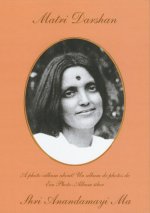
MATRI DARSHAN, UN ALBUM DE PHOTOS DE SHRI ANANDAMAYI MA
791 Kč -
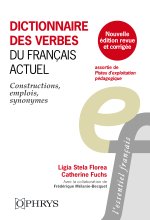
Dictionnaire des verbes du français actuel
694 Kč -
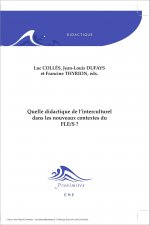
Quelle didactique de l'interculturel dans les nouveaux contextes du FLE/S ?
531 Kč -
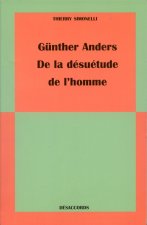
Günther Anders, de la désuétude de l'homme
386 Kč -
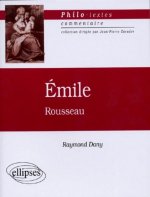
Rousseau, Émile
242 Kč -
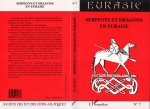
Serpents et dragons en Eurasie
820 Kč -

Un Moyen Âge grec
873 Kč -
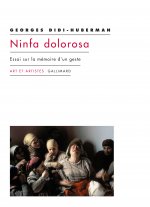
Ninfa dolorosa
906 Kč -
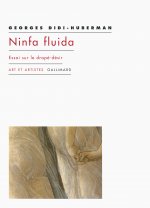
Ninfa fluida
748 Kč -
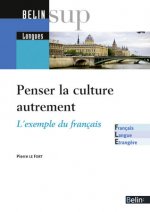
PENSER LA CULTURE AUTREMENT (FLE)
758 Kč -
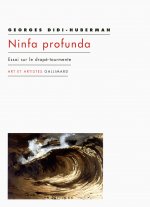
Ninfa profunda
618 Kč -
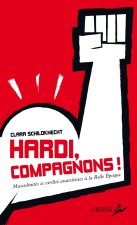
Hardi, compagnons ! - Masculinités, virilité, dominations de
373 Kč -
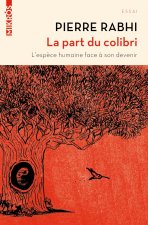
LA PART DU COLIBRI
267 Kč -

La saga des intellectuels francais 2
906 Kč -
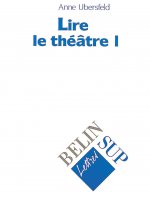
Lire le théâtre I
606 Kč -
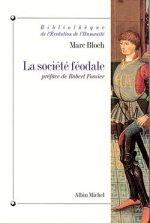
Societe Feodale (La)
460 Kč -
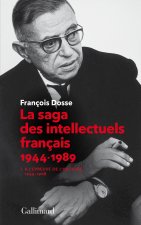
La saga des intellectuels francais 1
906 Kč -
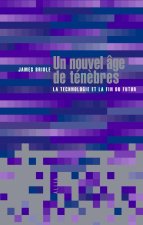
Un nouvel âge de ténèbres
529 Kč -

Former les professeurs de langues a l'interculturel
820 Kč -
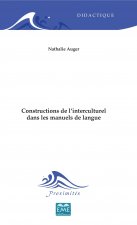
Constructions de l'interculturel dans les manuels de langue
849 Kč -
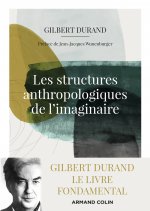
Les structures anthropologiques de l'imaginaire - 12e éd.
1105 Kč -
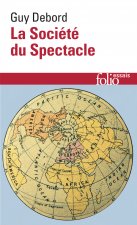
La Société du Spectacle
293 Kč -

L'anti oedipe capitalisme et schizophrénie 1
863 Kč -
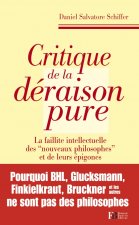
Critique de la déraison pure - La faillite intellectuelle
769 Kč -

Le Charme discret de l'intestin
452 Kč -
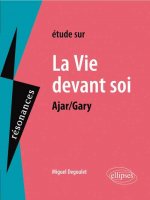
Gary, La vie devant soi
314 Kč -
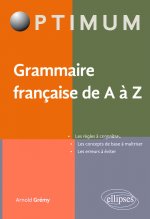
Grammaire française de A à Z
719 Kč -
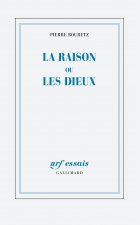
La raison ou les dieux
935 Kč -
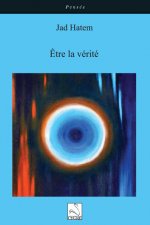
Etre la vérité
444 Kč -
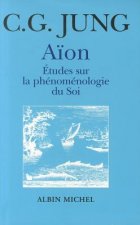
Aion
825 Kč -
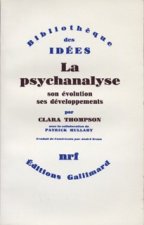
La Psychanalyse
231 Kč -

Astrologie et vie affective
759 Kč -

Grammaire du sens et de l'expression
1837 Kč -

Idealisme moral et realisme politique
251 Kč -
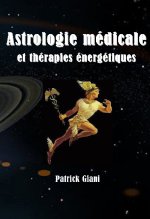
Astrologie médicale et thérapies énergétiques
759 Kč -
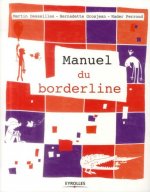
Le manuel du Borderline
791 Kč -
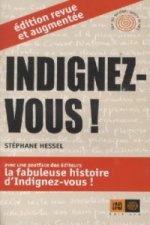
Indignez-vous!
178 Kč -
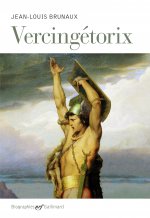
Vercingétorix
761 Kč -

Miroir du nihilisme
531 Kč -
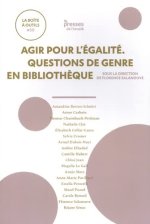
Agir pour l'égalité - questions de genre en bibliothèque
739 Kč -

Économie libidinale
849 Kč -
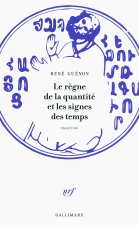
Le règne de la quantité et les signes des temps
675 Kč -
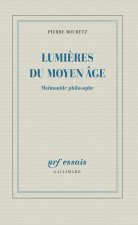
Lumières du Moyen Âge
1051 Kč
Osobní odběr Praha, Brno a 12903 dalších
Copyright ©2008-24 nejlevnejsi-knihy.cz Všechna práva vyhrazenaSoukromíCookies



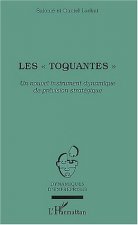



 Vrácení do měsíce
Vrácení do měsíce 571 999 099 (8-15.30h)
571 999 099 (8-15.30h)